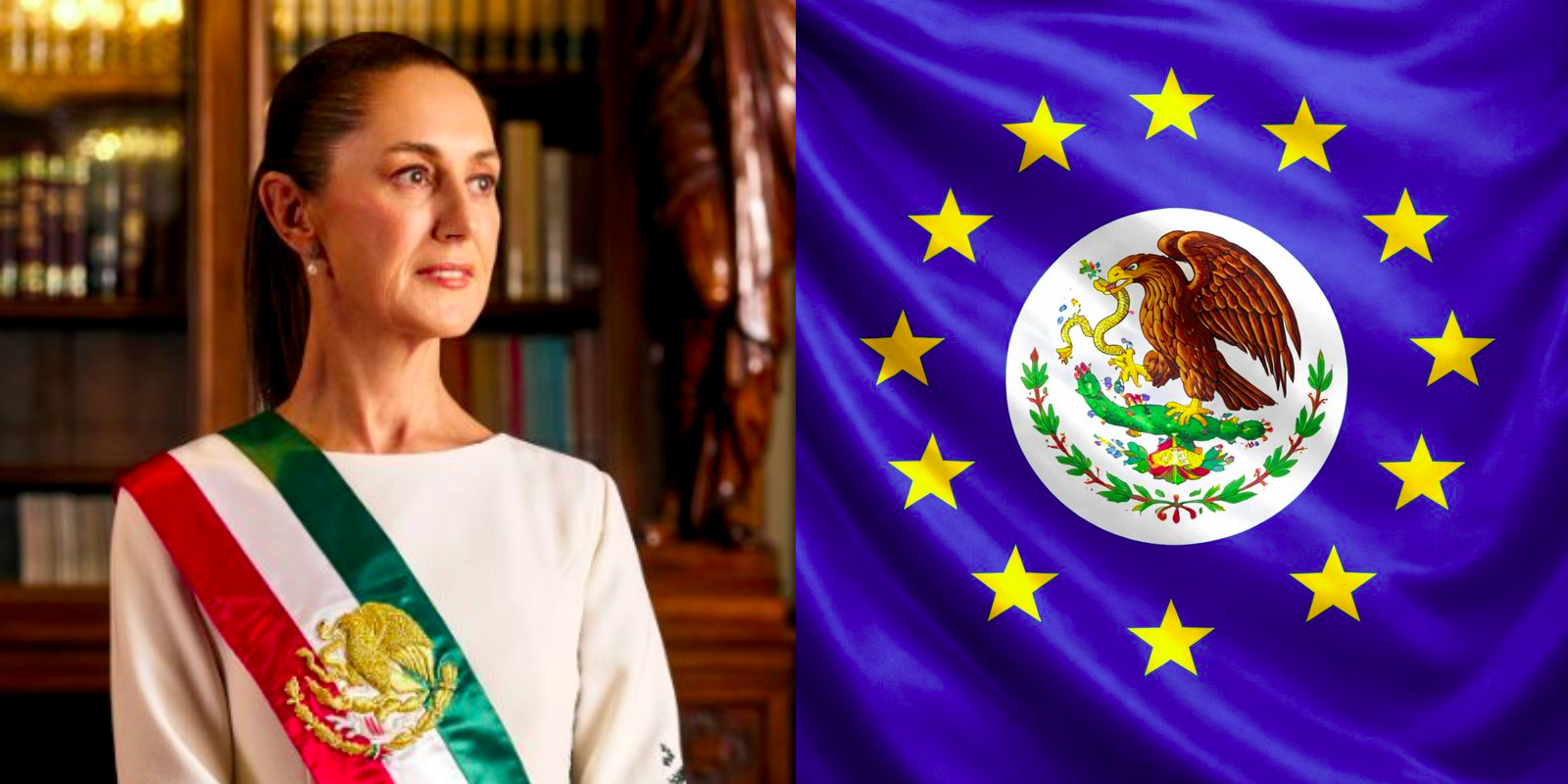On October 24, the United States Air Force quietly raised the age limit for new recruits to 41 years old after missing the branch’s recruiting goals for the first time since 1999.
The Air Force fell short of recruitment expectations by roughly 2,700 airmen, while Space Force, which also raised the age limit to 42, reportedly “surpass[ed] its 472 enlistment recruit benchmark,” according to the Air Force Times. The age change is reportedly expected to result in 50 new recruits each year.
This is the second time the branch has raised the age limit within the past 10 years, previously increasing the maximum entry age from 27 to 39 in 2014.
While the Air Force currently holds the highest age limit, each branch accepts new recruits as young as 17 years old. The Navy is the second highest, at 41, the Army then comes in at 35, the Coast Guard’s cut-off is 31, while the Marine Corps caps the age limit for new recruits at 28 years old.
A spokesperson for the Air Force recruiting service, Leslie Brown, assured Americans that the age increase wouldn’t compromise military readiness, and emphasized that this would give “more Americans the opportunity to serve.” In an email to the Air Force Times, Brown said, “The accession age of 42 allows an Airman or Guardian to serve a full 20 years since the retirement age is 62.”
Brig. Gen. Christopher Amrhein, who leads the Air Force Recruitment Service in San Antonio, echoed Brown, stating, “We are not lowering any of our standards. Someone who is 42 still has to meet the same accession requirements as younger applicants.”
All branches of the U.S. military have failed to meet recruiting expectations in recent months, and as a result, the armed forces have deployed several tactics to increase enlistments — with little to show for their efforts.
In 2022, the Army announced that it would be temporarily dropping its requirement for new recruits to possess a high school diploma or equivalent GED certificate, in addition to increasing the signing bonus to entice new recruits.
Earlier this year, the Navy enlisted the help of active-duty male drag queens who are also social media influencers to bolster support for the service among the more diverse LGBTQ communities. Others online have shared that the military’s commitment to funding so-called “gender-affirming care” for service members influenced their decision to serve or to re-enlist.
Several military branches also posted cheerful “Pride Month” celebration graphics on social media platforms, while the top officials at the Pentagon have embraced gender theory, and diversity initiatives, and have even stated that abortion access is “critical and necessary” to military readiness.
In addition to the purportedly nonpartisan institution’s political and ideological shift, the COVID-19 vaccine mandates that were first established for all Department of Defense personnel led to the mass exodus of more than 8,000 service members across all branches. Since the mandate was lifted earlier this year, just 43 of those who left have made a return to service.
Worse still, is the epidemic of “skinny-fat” recruits with a high fat to muscle mass ratio and low bone density, making them less than ideal candidates for serious combat. TPUSA previously reported that one-third of Americans aged 17-24 are currently considered too heavy to serve in the U.S. military.
This piece first appeared at TPUSA.






